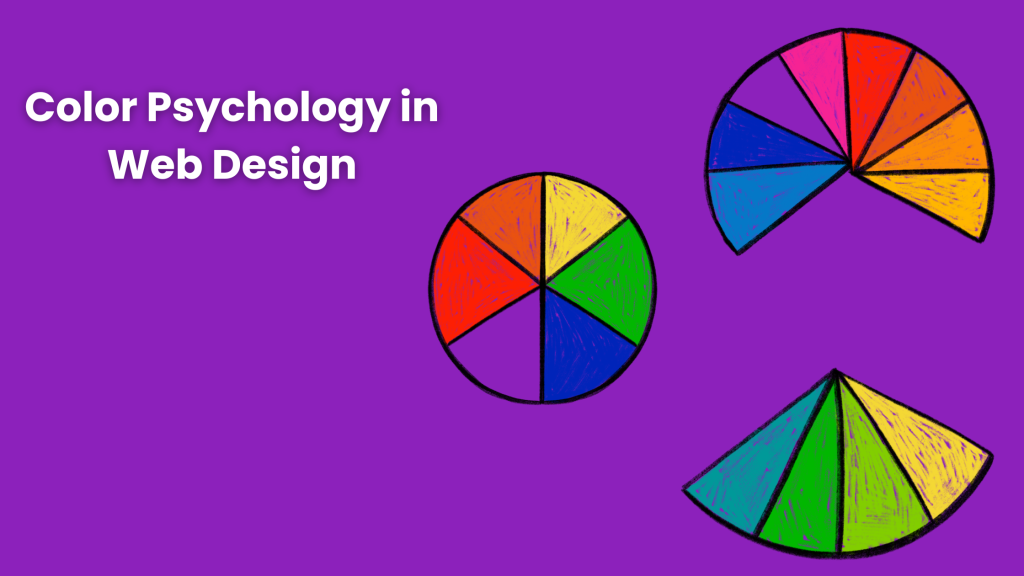
Do colors really make an impact on your website and its performance? In web design, colors influence where we look, click and perceive different elements of a web website. This is the reason some brands use some color particularly to highlight or create a brand voice. For example, Coca-Cola uses white and red colors.
Colors are perceived differently by different people based on their experience and preferences. We will focus on the generic meaning of the colors and their impact.
In this article, we’ll explore the impact of colors and their use in online marketing.
What is color psychology?
Many psychologists have been studying the impact of colors on people. Color psychology plays an important role in branding and digital marketing strategies. Using certain colors sets a tone or brand image and reputation. Many factors are considered before finalizing a color for the brand.
Many designers and digital marketers consider the psychological impact of colors on human behavior. Doing so helps in increasing customer experience, increasing conversion rate, and establishing the reputation of a brand.
How does color affect people and performance?
There are many factors that influence the way a customer perceives colors. Some of the factors are
- Personal choice: personal choice means a person’s attachment to a color. For example your favorite color, the color of your favorite toy from childhood, etc. Seeing these colors give people a nostalgic feeling.
- The generic meaning of color: Due to the universal human experience, some colors have been associated with a specific issue. For example, the color green represents nature and growth, red is often associated with danger, and Brands tend to use generic meanings of the color.
- Cultural factors: cultural factors also influence how a person perceives a color. Purple is associated with luxury as in many ancient cultures purple dye was expensive.
Colors not only impact our emotions but also our performance.
According to a study published in the Journal of Experimental Psychology, the color red negatively affects the performance of students. When students were given a red participant number they performed 20% poorly on tests than their other peers. However, this does not mean that red color will hamper your performance. In the study of athletics study, red uniforms tend to give them an advantage. During the 2004 Olympics, red athletes won more medals than other color uniforms. It is assumed that the red color makes you more aggressive. So maybe red uniform wearers felt more aggressive which positively impacted their performance or maybe their opponents perceived them as a threat or danger eventually hampering their performance.

Meaning of colors
Many colors have a generic meaning owing to the universal human experience. Some of the popular colors are:
Red
- Aggressive
- Danger
- Love
- Energy
- Excitement
Blue
- Trust
- Peace
- Deep
- Stability
- Loyalty
- Success
Green
- Nature
- Healing
- Freshness
- Recycle
- Quality
- Luck
Orange
- Confidence
- Success
- Brave
- Sociability
- Optimism
Yellow
- Creativity
- Happiness
- Warmth
- Cheer
- Attention
Black
- Sophistication
- Dramatic
- Security
- Mystery
- Elegance
- Confident
- Authority
White
- Purity
- Clean
- Innocent
- Honest
- Simplicity
- Clarity
Pink
- Sweet
- Compassion
- Sincerity
- Kindness
- Femininity
Purple
- Royalty
- Luxury
- Spirituality
- Ambition
- Justice
- Art
- Fantasy
Brown
- Trustworthy
- Dependable
- Rugged
- Wistful
- Earthiness
- Reliability
- Support
Use in online marketing
We have learned how colors impact our emotions and performance and the meaning associated with different colors, let us now learn how marketers use this information.
Marketers use color for these elements: logos, landing pages, menus, social media posts, emails, videos, product design, typography color, etc.
however, you should use consistent colors on all platforms. Your customers should associate those colors with your brand.
It would help if you used color psychology to make your marketing strategies more effective
- Know the psychology of each color: you should be aware of the basic psychology of colors. The first step is knowing the psychology of the colors
- Select the emotion: select the emotion you want to evoke in your customers. According to a study, these 5 emotions shape the dimensions of brand personality, sincerity, excitement, competence, sophistication, and ruggedness.
- Competitive: the easiest way to learn color psychology and its impact is by studying your competitor’s websites, ads, etc to see how they have used the colors. The more designs you study the more comfortable you will become in selecting your brand’s color.
- Consistent: if you want your customers to remember your brand’s color then you must use the same colors on all platforms. A company Reboot conducted a study on logo recognition wherein 78% of participants were able to recall the primary colors used by a brand while 43% remembered the name of the brand.
- Create brand colors: have a color scheme for your brand. Wherein you set 2-3 colors as the primary color for your brand.
- Cultural context: MIT research found that the words we use to describe a color vary by language. Some communities have 3 color categories while some have 12. For this reason, we should also acknowledge the cultural context, especially the culture or area of our operation.
- Consider the audience and run a color test: Try to know your audience and their expectations more. Which colors do they use more or feel connected to? It is better to run color tests with your audience to see how they respond to different colors and which color palette works best for them. See online studies regarding the popular colors, most used colors, etc. Consider the color-blind audience as well and try to use a trinomial color scheme for them.
Conclusion
We have learned the psychology of colors and how it influences people’s emotion and performance. We have also explored how different colors denote different meanings such as blue represents trust, loyalty, success etc, green represents nature, refresh, healing etc, black represents confidence, mystery, elegance etc. Also, we have learned how marketers and designers use color psychology to increase customer experience, conversion rate and establishing a brand identity etc. To do so, designers and marketers should consider the psychology of each color, the emotion they want to evoke in their customers, be inspired by other brands, be consistent with your colors, create brand color palette, consider audience’s expectations etc.
If you are confused or don’t know the strategy of choosing colors for your brand then we at Lumia 360 are there to help you. Our web designers are well-trained and experienced. We have a 5 step website designing process. To know more email us at info@lumia360.com or call us at +1 514-668-5599 in the meantime you can check our web designing page.
Read Also: The Rise of Video Marketing
Read Also: Explore the role of typography in web design



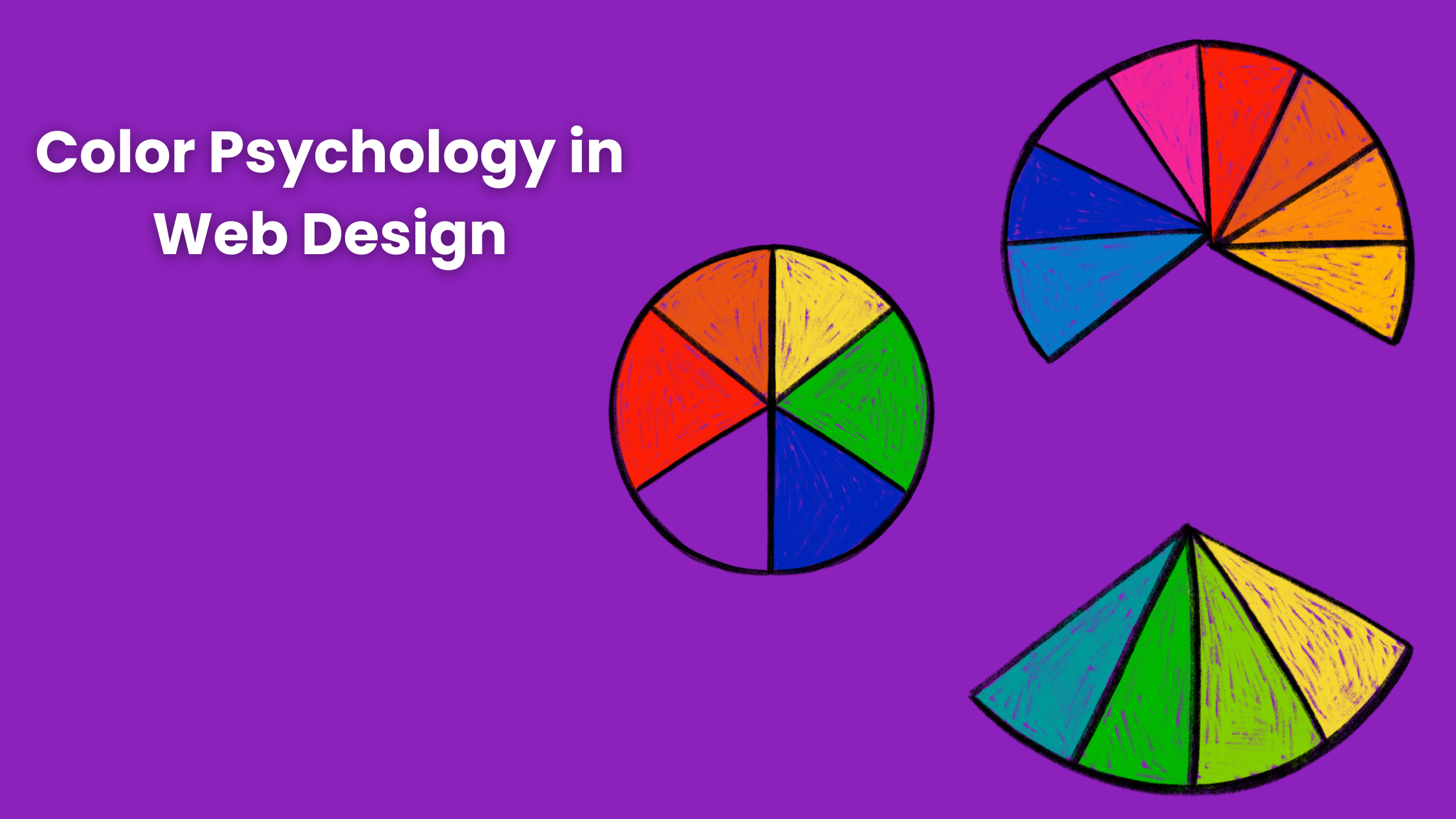

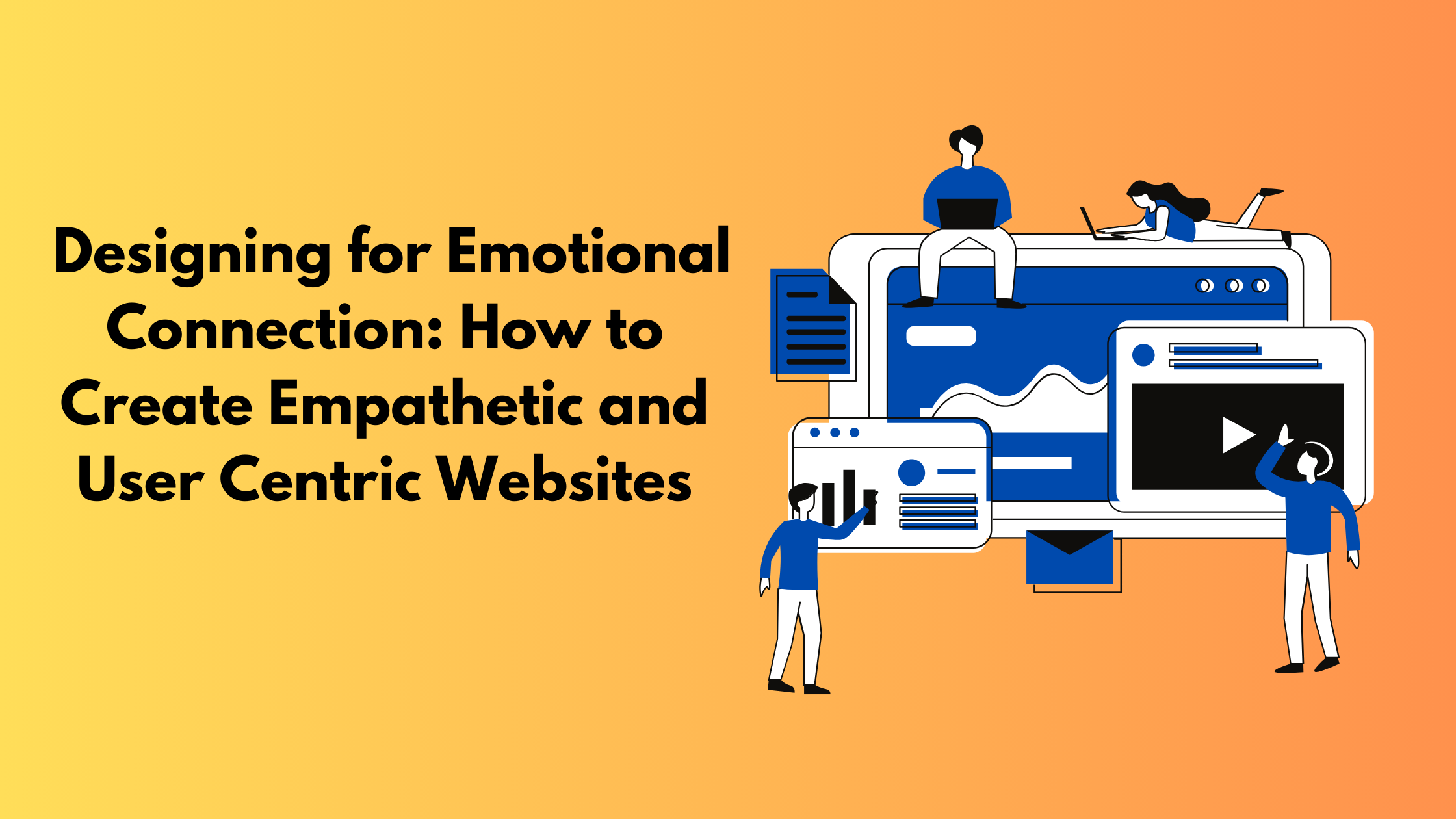
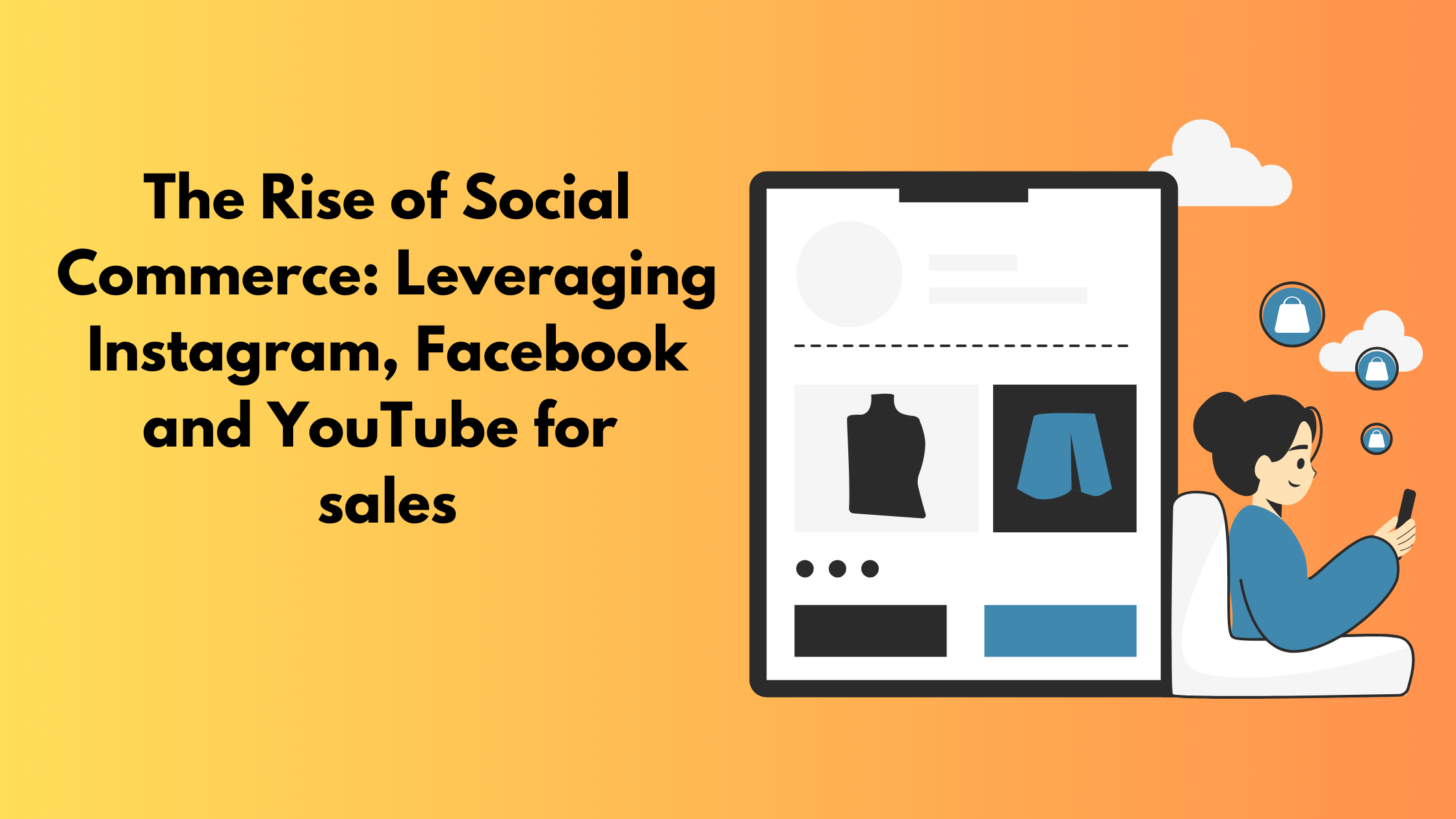




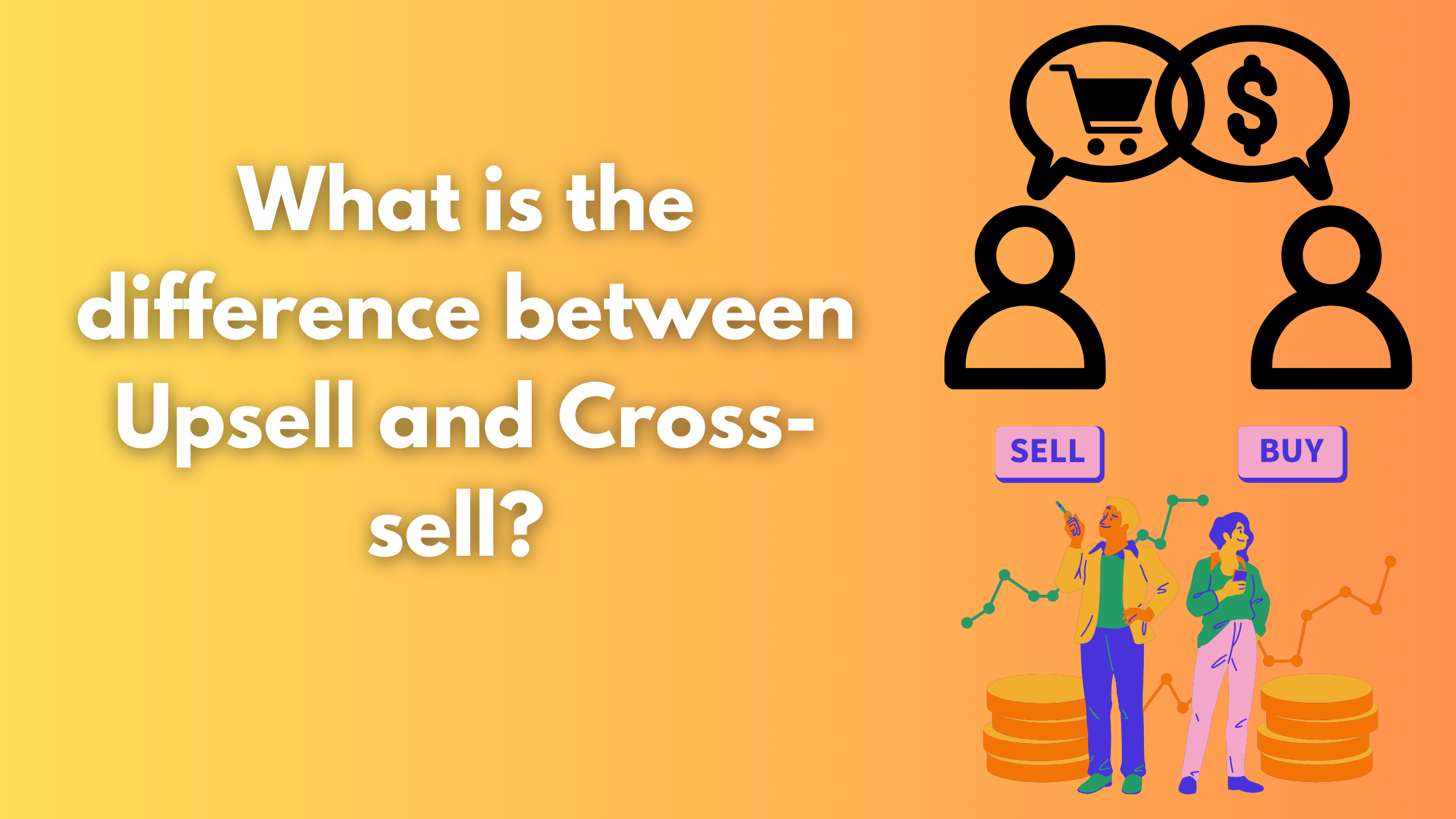






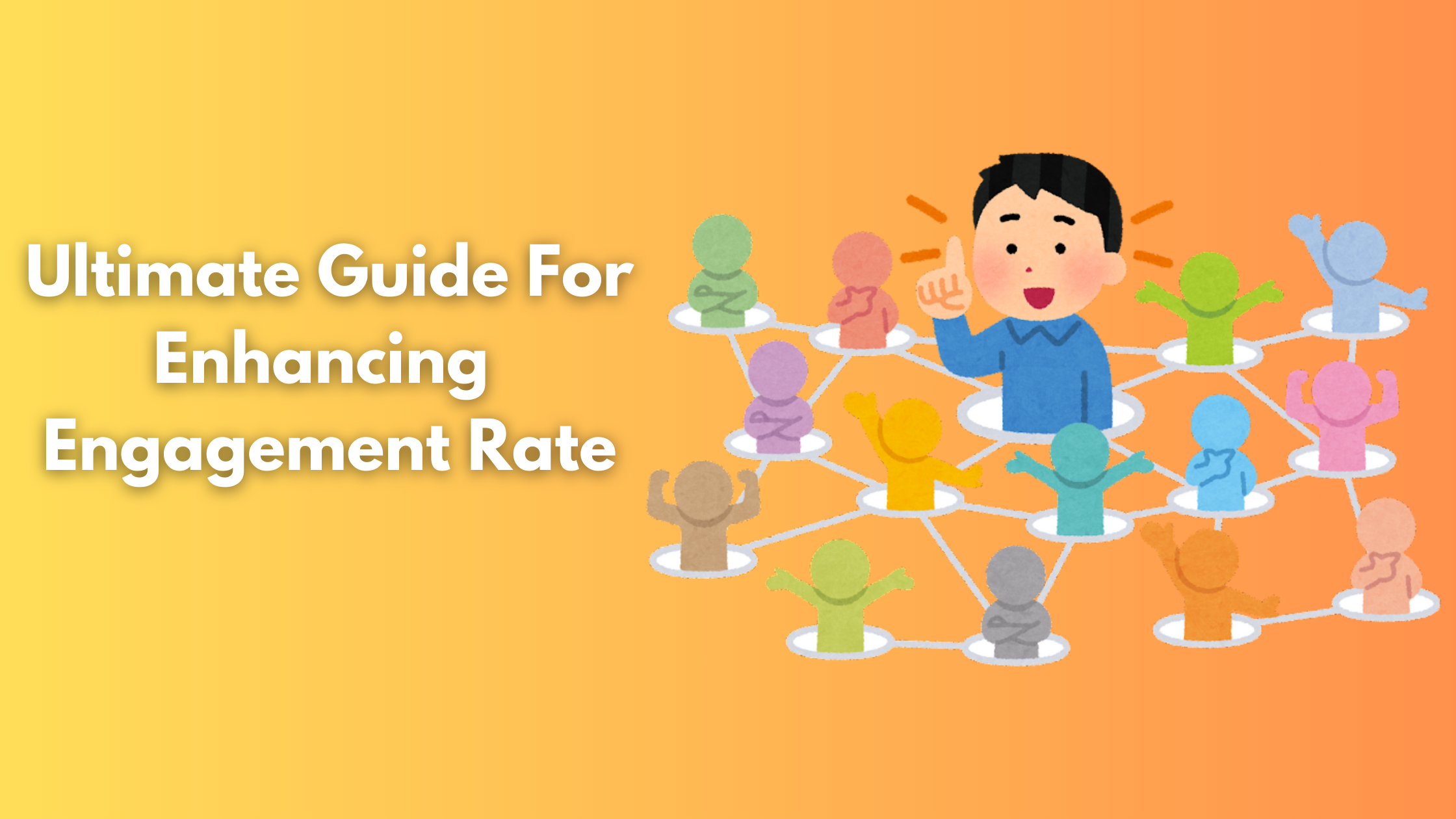
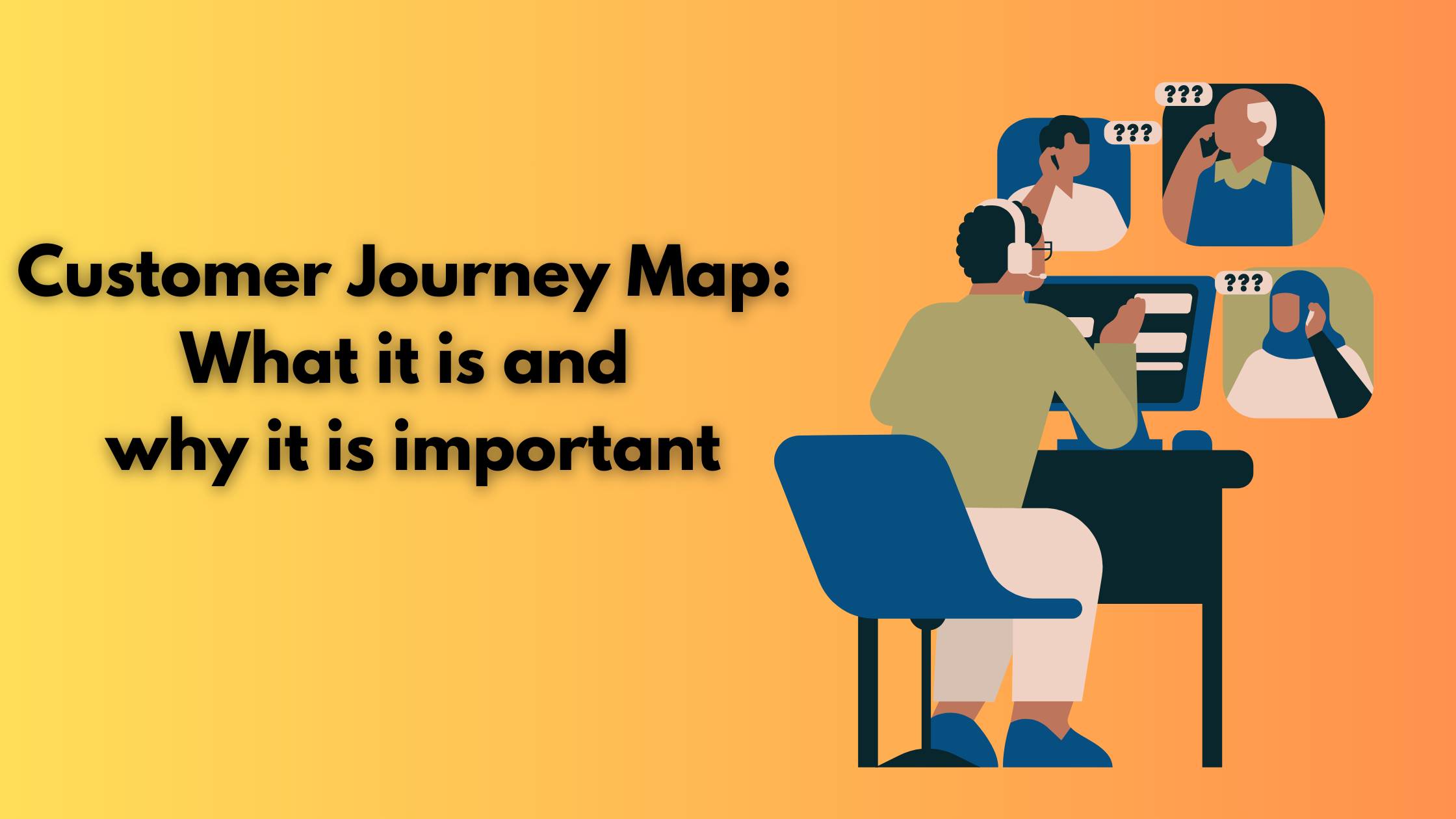
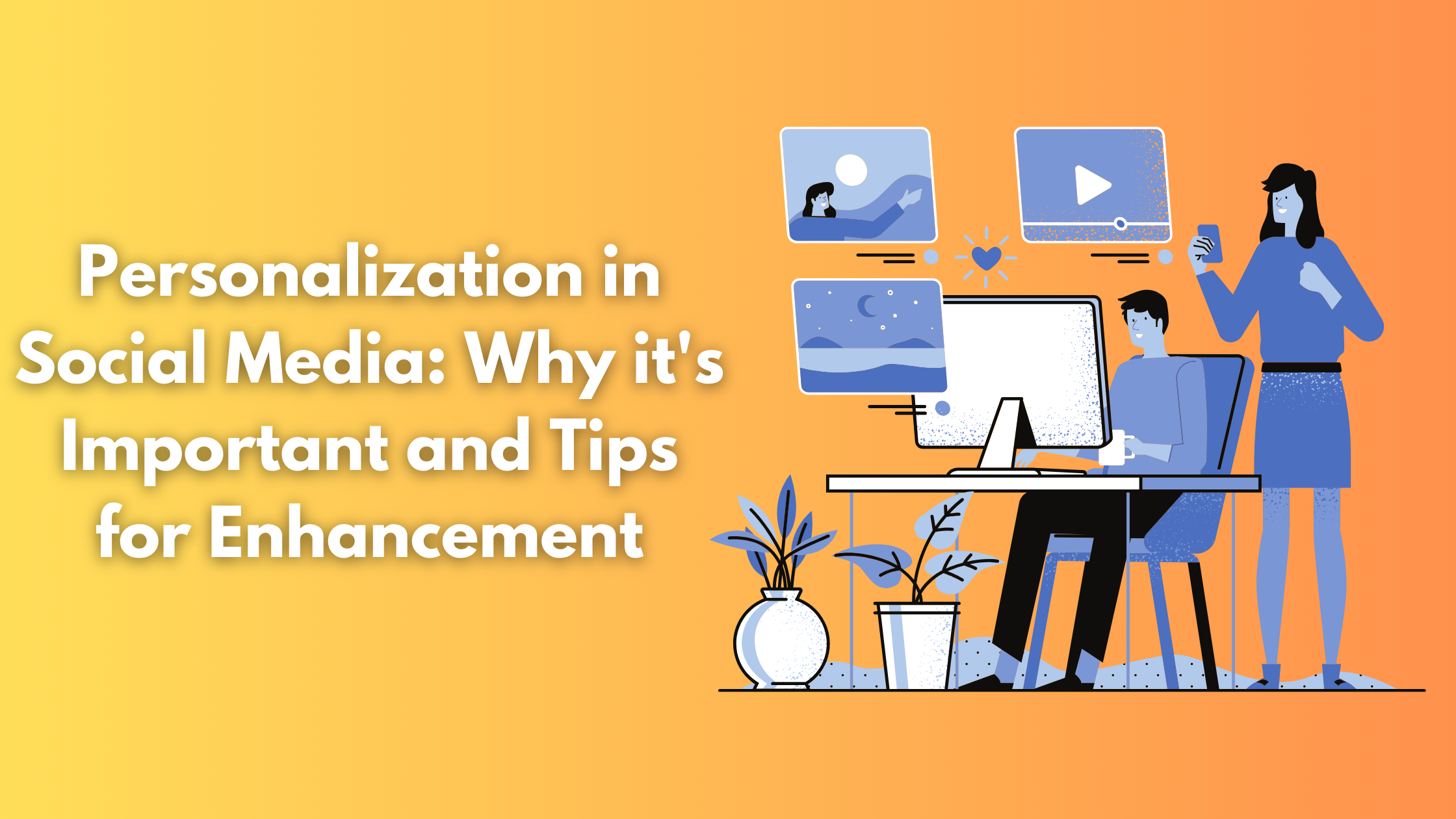






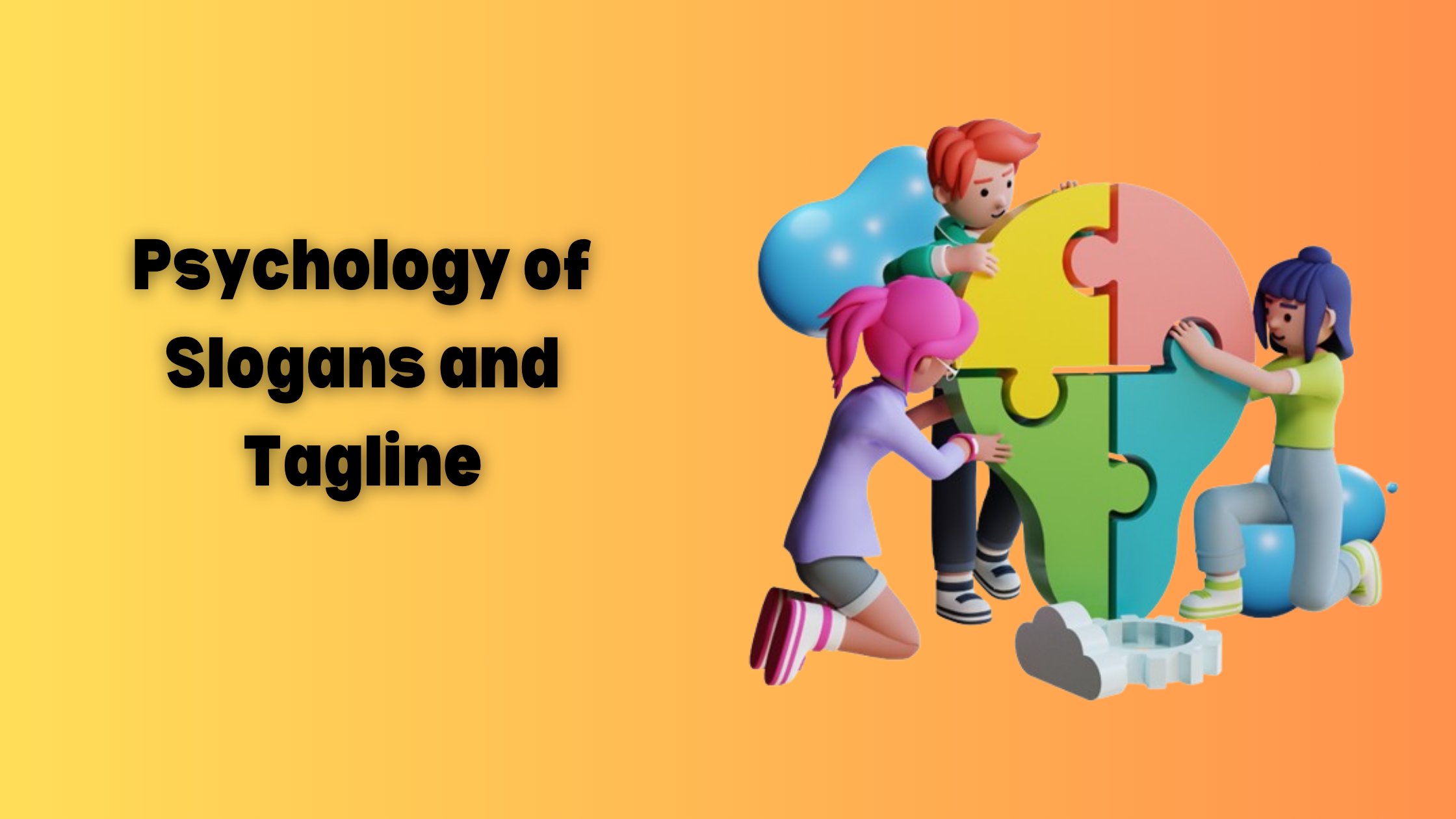
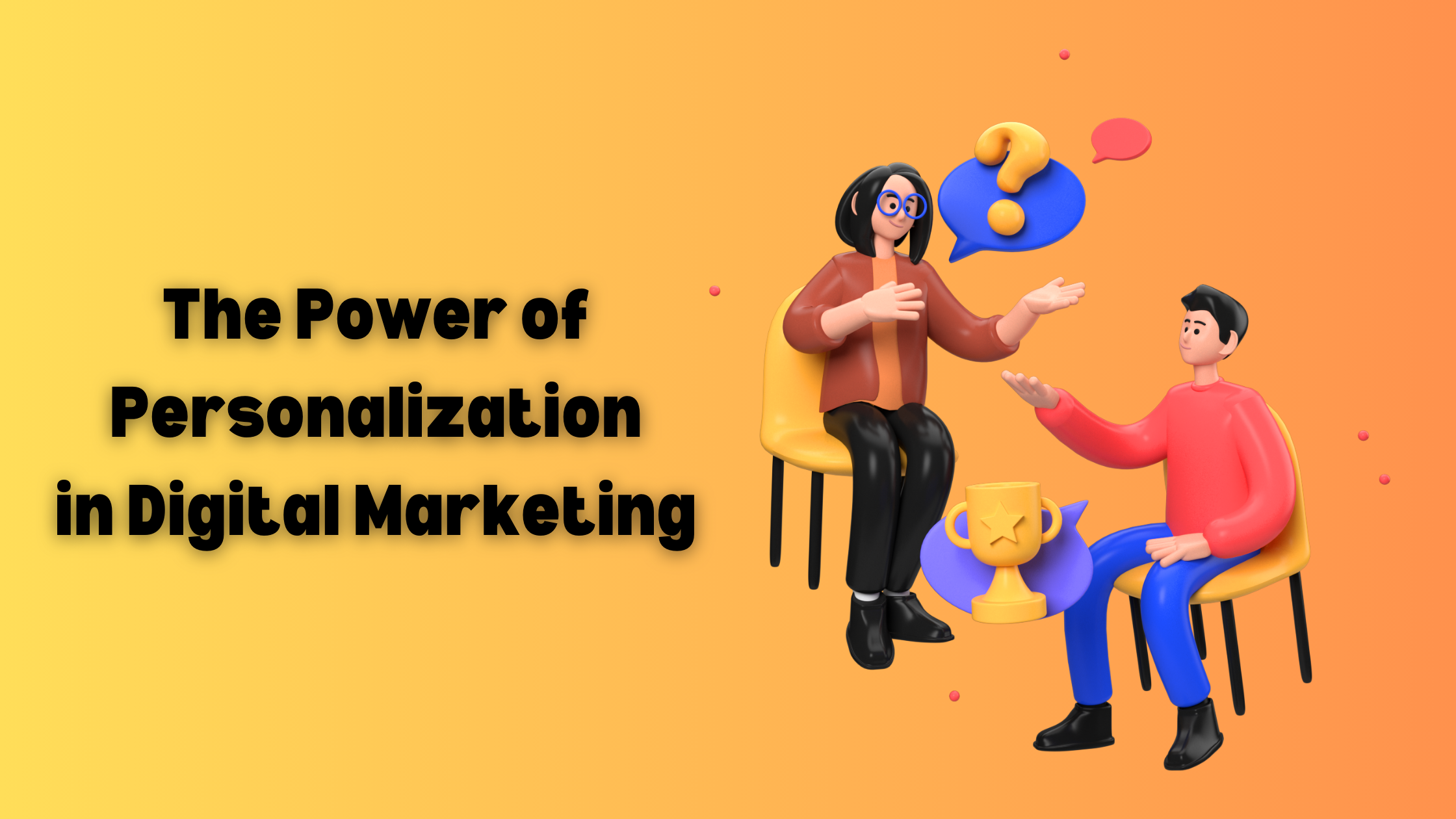
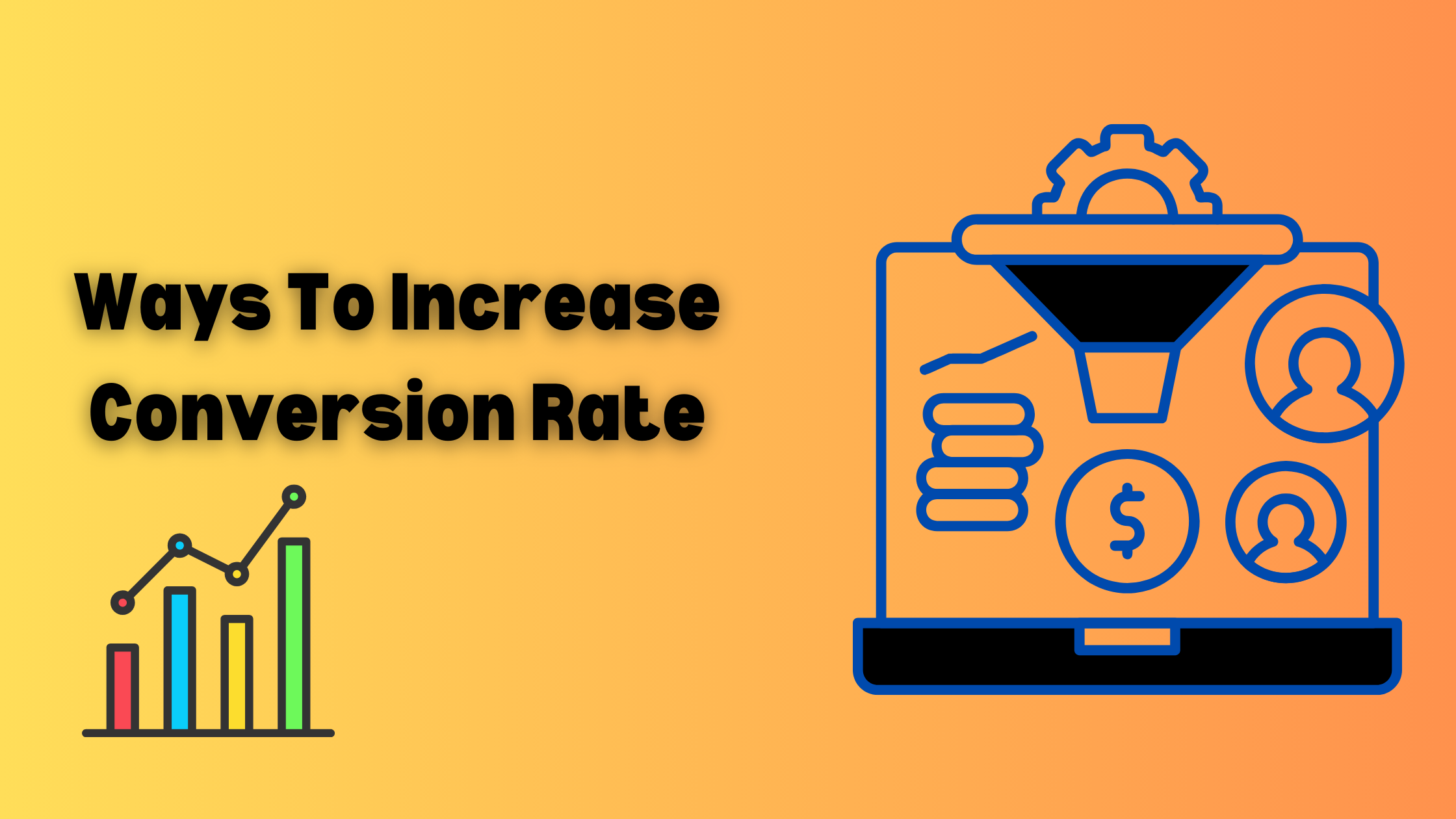

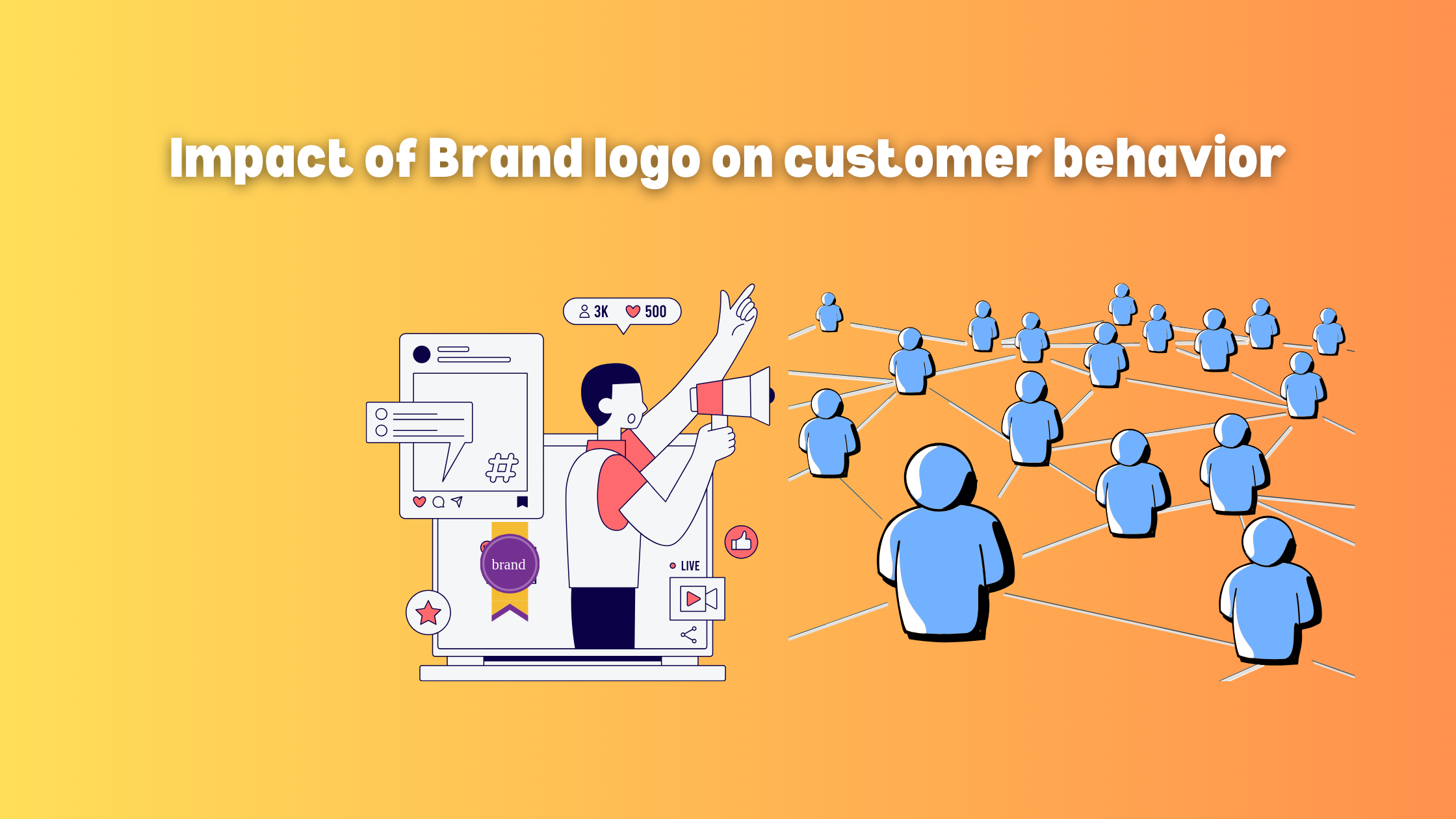






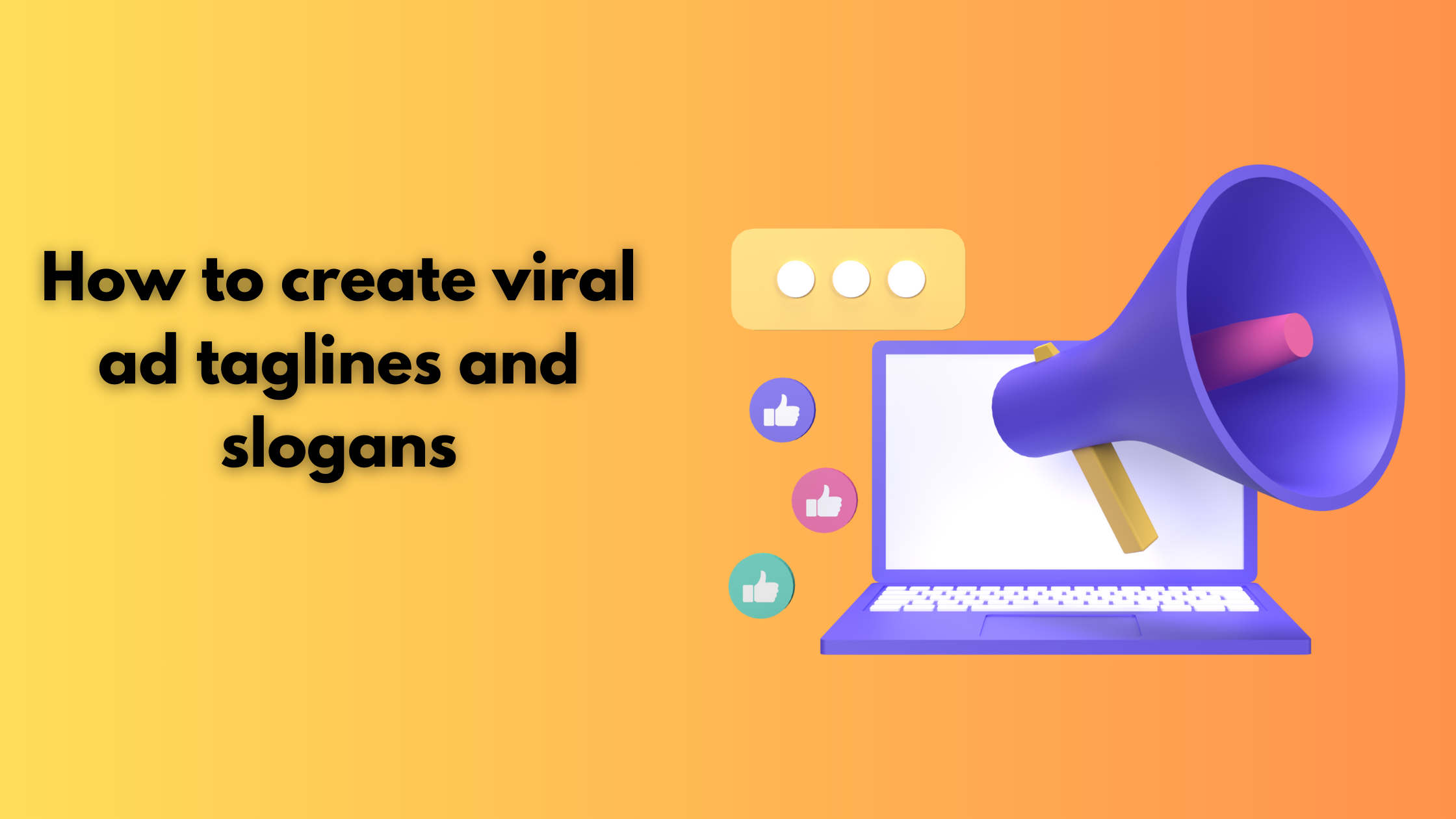
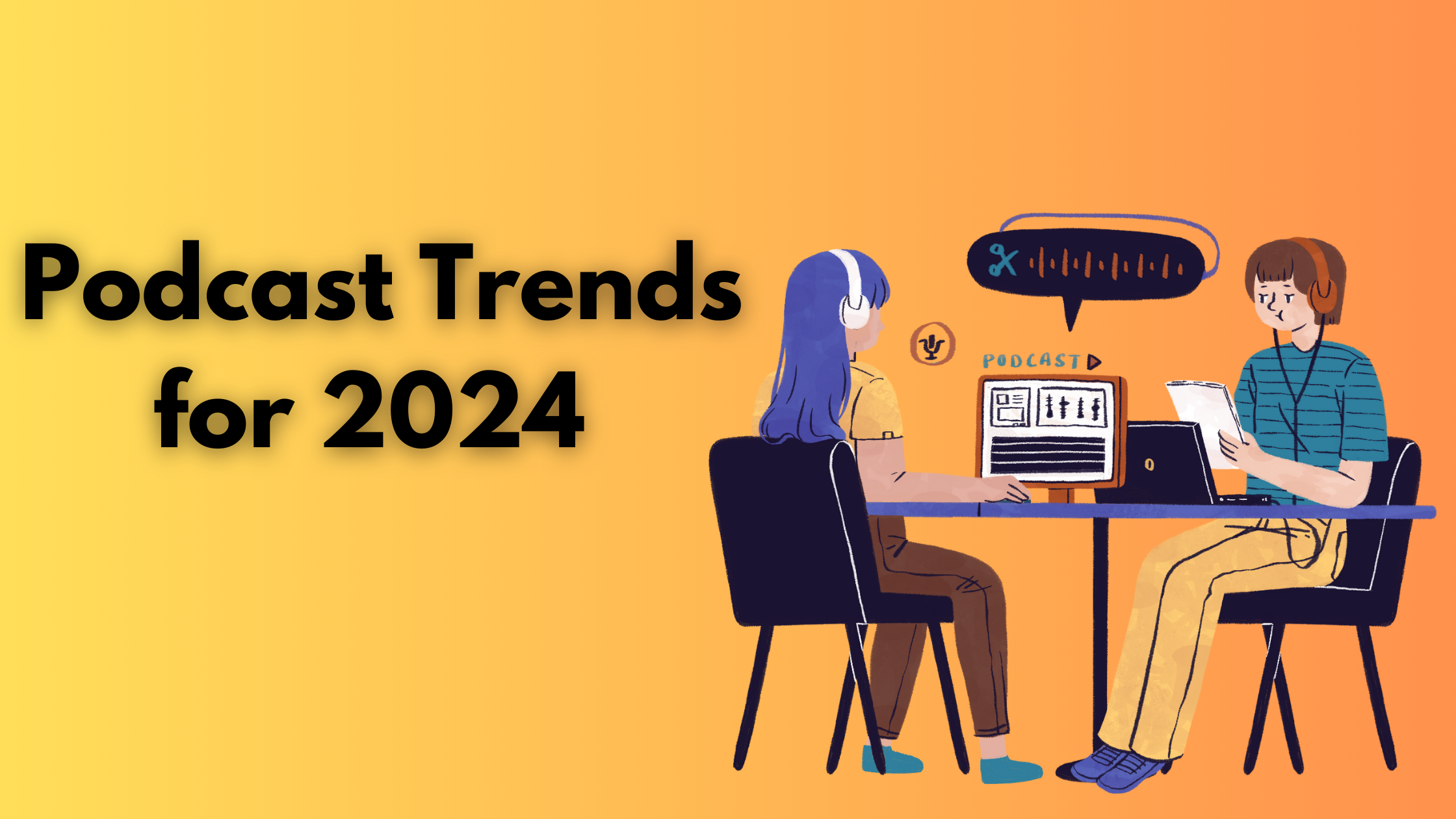














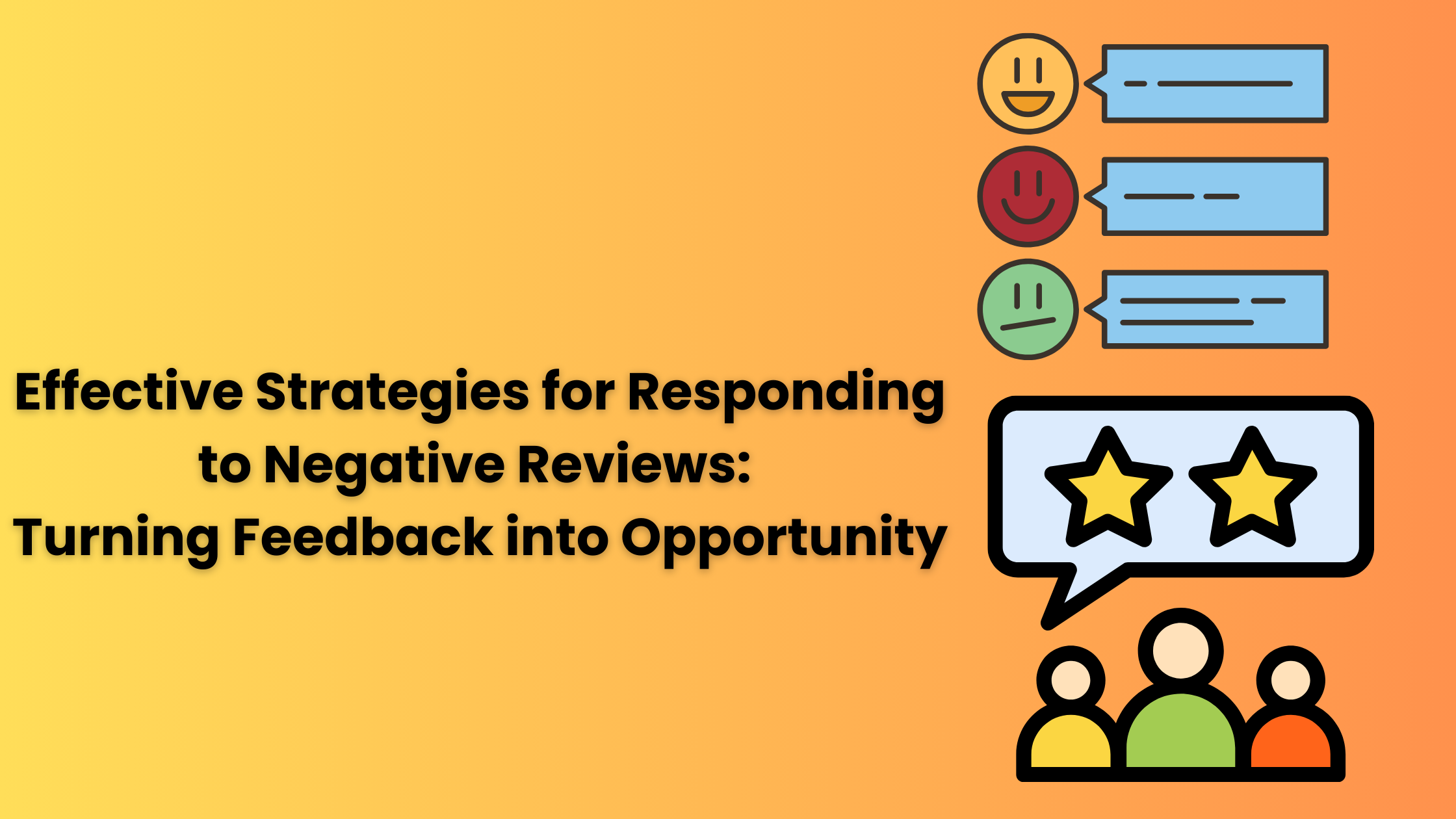









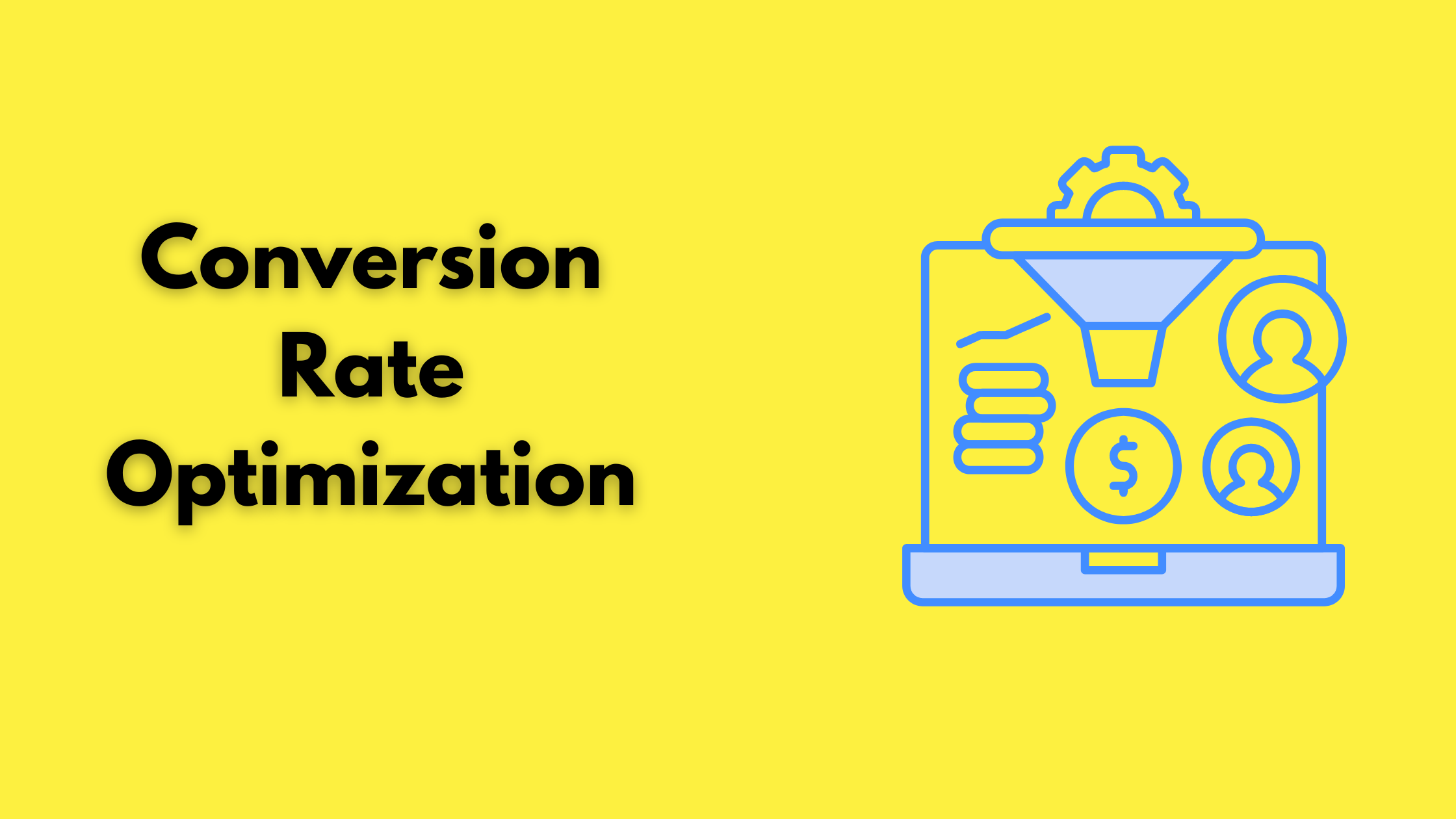
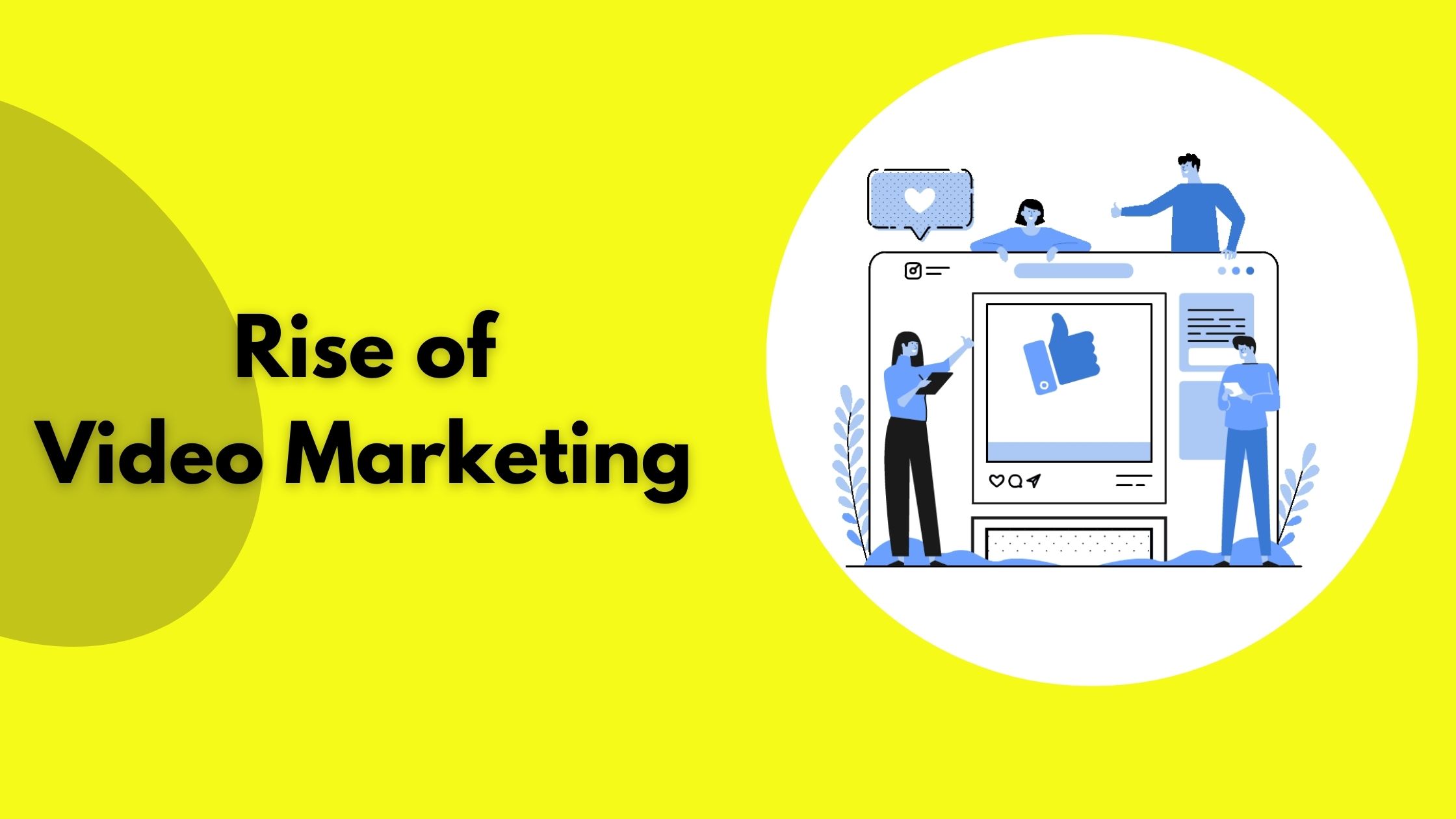


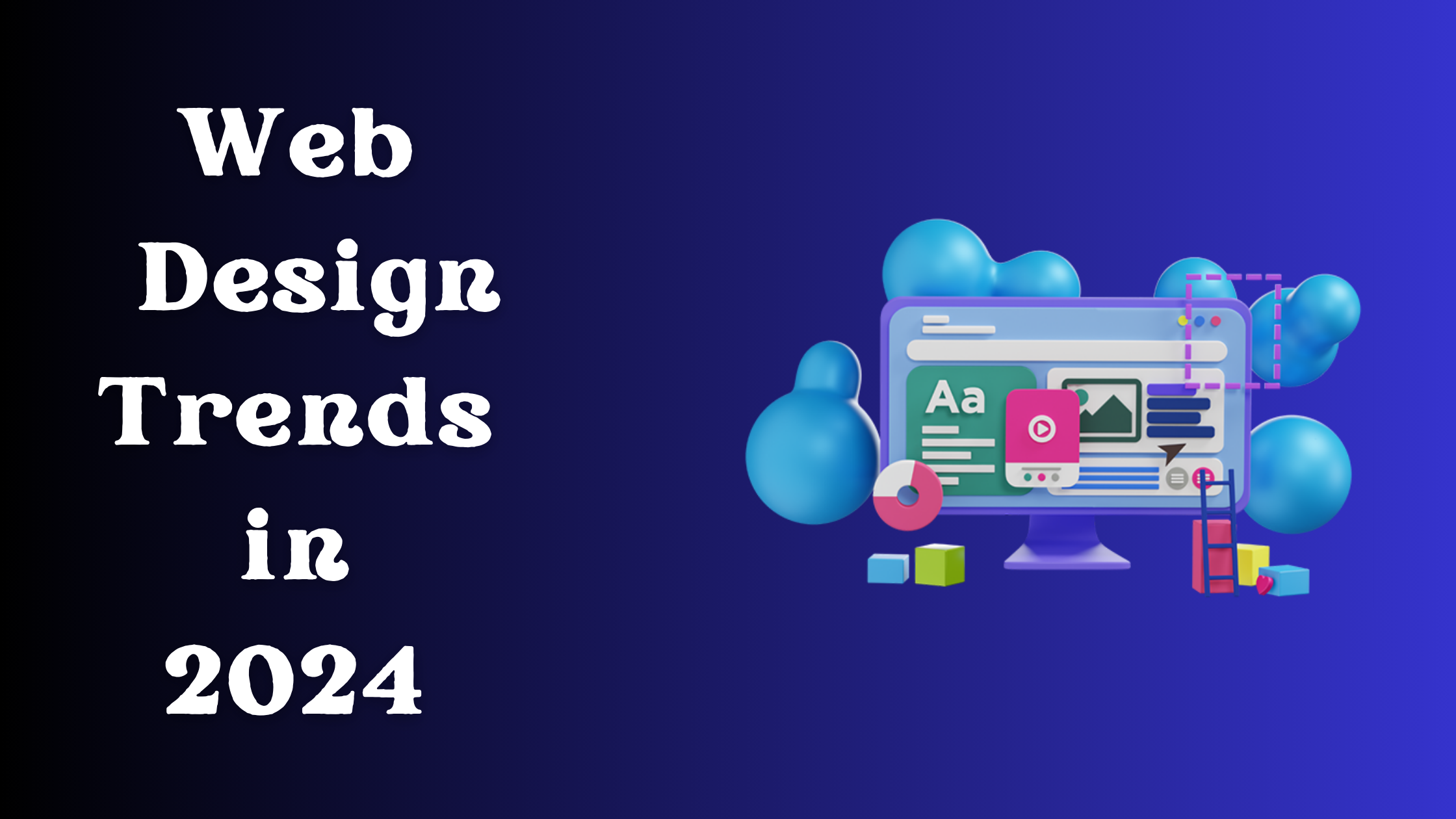

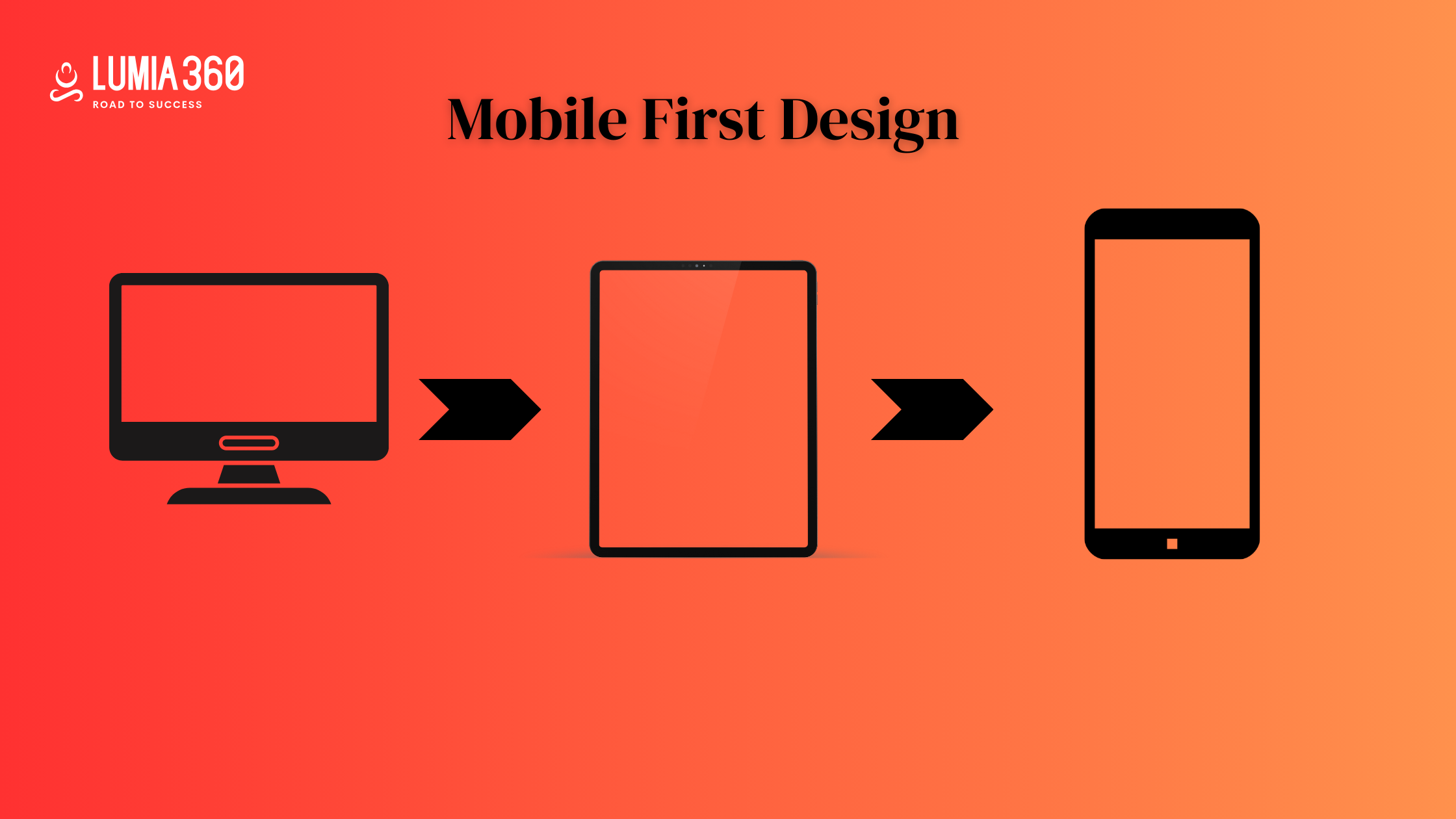
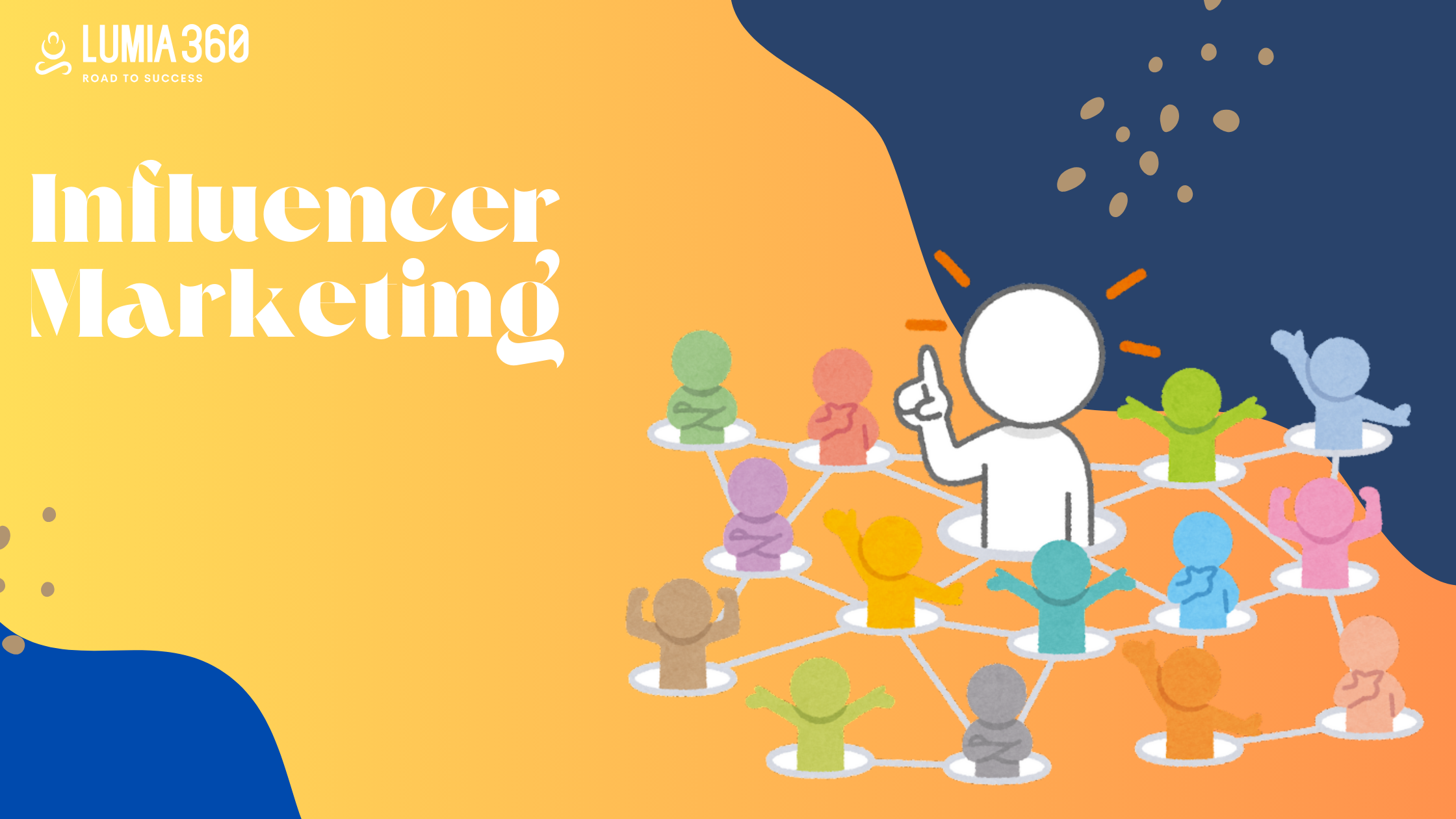




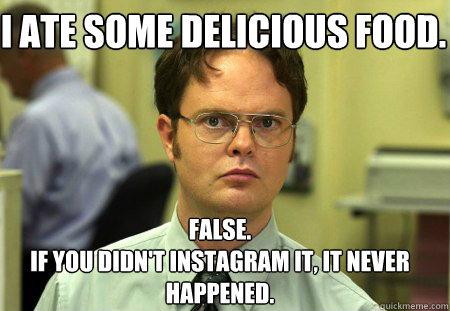
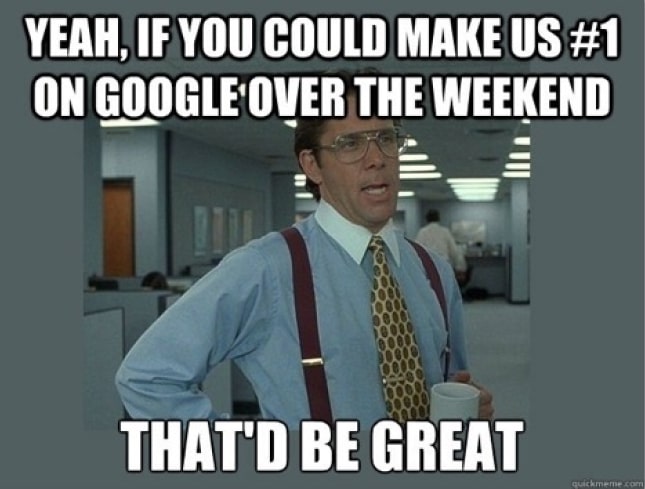


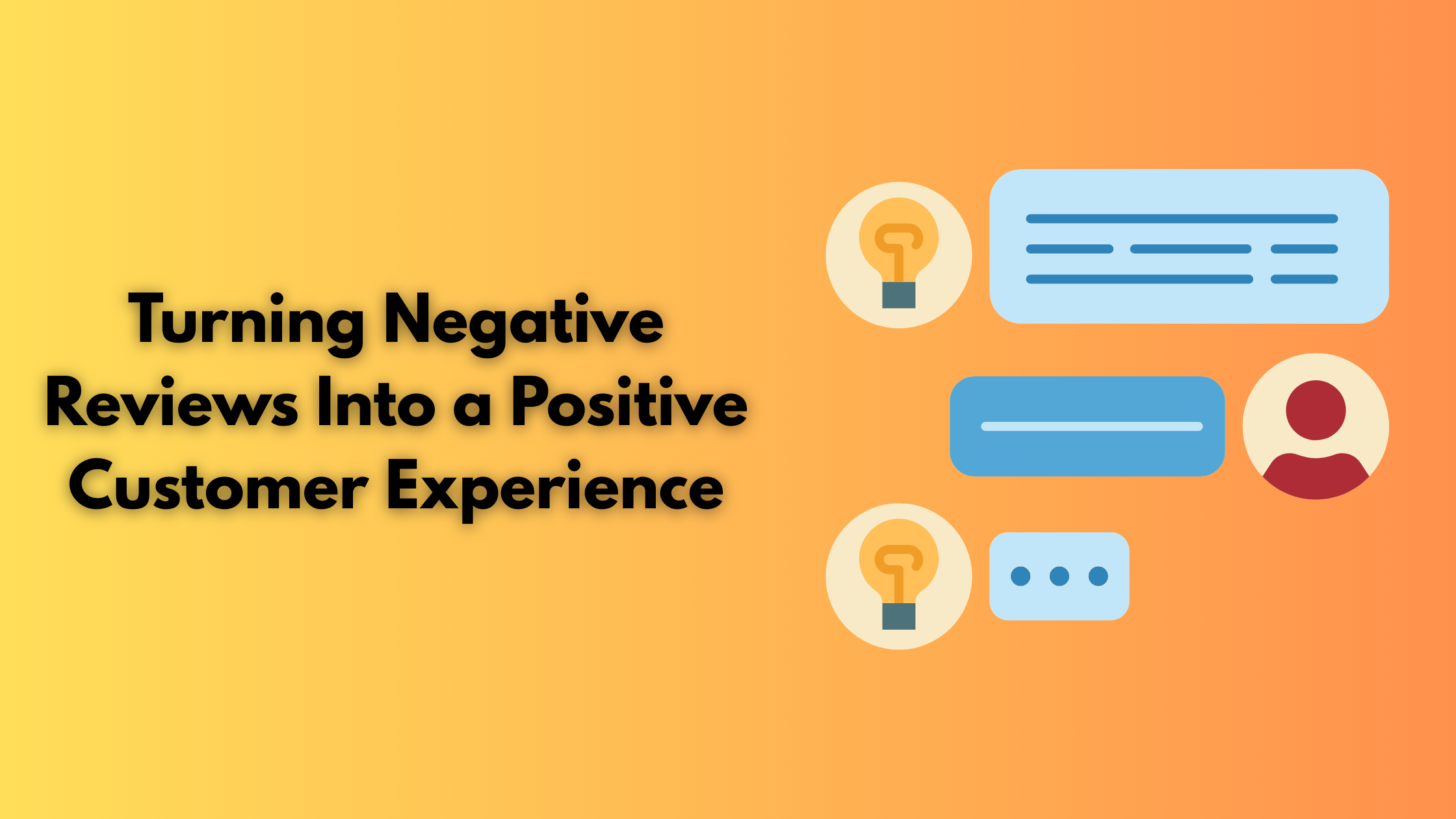
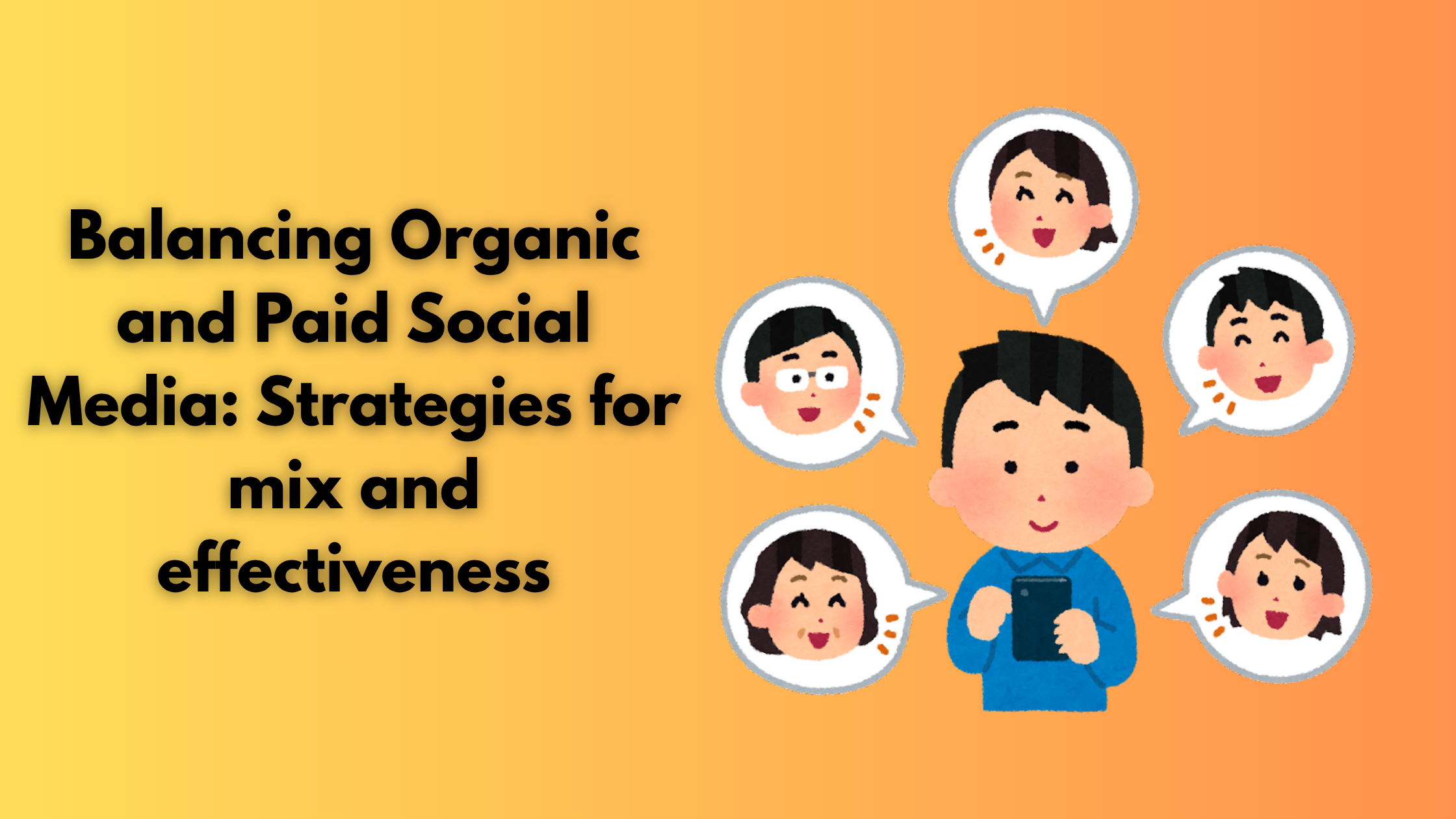

1 Comment
[…] Repetition: Repetition creates unity so that you understand they belong to the same website and the brand. Using similar colors for your brand can create a sense of recognition in the audience’s mind. If you’re confused about how to select the colors for your website then understand the color psychology. […]